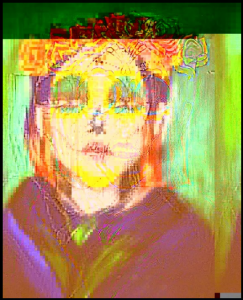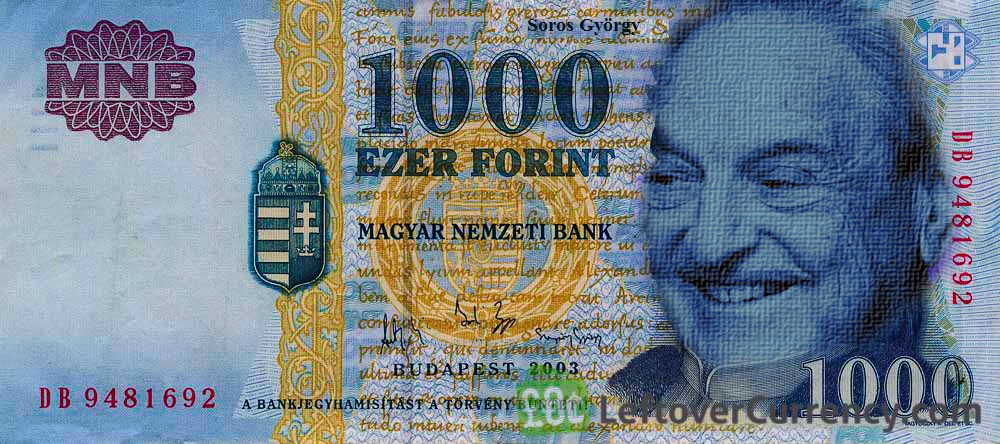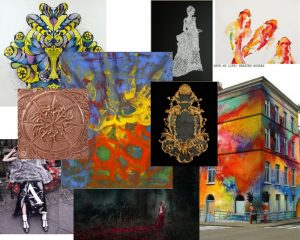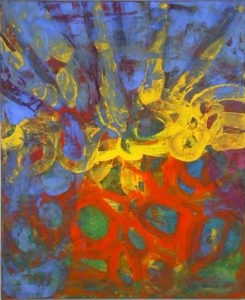‘Taste, Fashion and The French Fashion magazine’, by Sandra Miller delves into the rise of the first publicity of Fashion during the emergence of the 17th century, by which the age of enlightenment had much influence. The Age of Enlightenment (1685-1815) was marked by the influence of new era of thinking and changed mindsets.’ Ideas of politics, philosophy and art, to name a few, needed to be challenged, and fashion was one of them. The 1700s was the rise for France in fashion and it had become ‘the fashion capitol of the world’, so of the release of Le Mercure Galant was anticipated, however not well received and was ahead of its time.
This was due to the fact fashion during the early 18th century was only for the wealthy and elite. So, the gazette’s ideas of fashion or ‘taste’, were rejected, possibly due to the fact the sector was only limited to a small group of society and not deemed a posing enough category for debate.
However, ‘by the middle of the eighteenth century, fashionable dressing was no longer the exclusive privilege of the elite but something in which men and women of the middle class could indulge.’ Clothing became the mirror of one’s refinement, it was no longer the purposeful labourer clothes, and fashion became an art form. Which started the debate of ‘aesthetic contemplation to its subjective appreciation’. And for the magazine and others alike this took a hold a debate to what would be published and what is ‘tasteful’.
In the writing, it quoted David Hume who stated that ‘the great variety of Taste, as well as of opinion which prevails in the world, is too obvious not to have fallen under every one’s observation’ (Hume 1965:3). I think at this period it had come to agreement that everyone’s view of taste, and even art that ‘Beauty is in the eyes of the beholder’. So, magazines for fashion and lifestyle became more accepted, as tasteful and things considered untasteful, could still be shared, and rather appreciate the art for whatever it is considered. However, Edmund Burke later stated that he believed that the concept of taste is ‘no more than that faculty or those faculties of the mind’ (Burke 1990: 13), this means everyone has their own preferences and their own ideals of what ‘tasteful’ and therefore become biased with their own preferences to which tasteful should be. From this Hume also acknowledged critics to have a ‘delicacy of imagination’ also showing how individuals opinions are bias.
Furthermore, James Shelly states that ‘the eighteenth-century theory of taste held the judgment of beauty to be immediate; against egoism about virtue, it held the pleasure of beauty to be disinterested’ (Shelly 2009). This tells a story that this time, held judgement by other opinions and not by the technique or context of the artwork. Overall, I feel everyone has their own opinions to what is athletically pleasing artwork and to what is not. Everyone will always have their own taste and preferences, because that is what makes everyone individual. On the contrary though, I do understand where the likes of Hume and other opinions ventured from, as they tried to solve an unsolvable predicament to what makes art successful. At the end of the day art is to the value of its beholder and that could be priceless.
Plato.stanford.edu. (2017). The Concept of the Aesthetic (Stanford Encyclopedia of Philosophy). [online] Available at: https://plato.stanford.edu/entries/aesthetic-concept/ [Accessed 22 Nov. 2017].
History.com Staff (2009). Enlightenment. Available at: http://www.history.com/topics/enlightenment [Accessed 06 December, 2017].
Jones, J.J. (2009) The Fleeting Art: Fashion and Culture in Eighteenth Century France. St.Leo: Julia Jones
 I selected this image to represent my work as it expresses my current practice and illustrates a number of areas I’m presently interested in. The words selected reflect on areas of my study. The observer is initially drawn toward the lightest parts of the image which in this event is the face. Their eye then observes the brighter hues for instance the purple clothing and green background. The yellow and purple contrast alongside each other, creating a fascinating composition. I’m enormously interested in vibrancy drawing the viewer into my work. I have been particularly involved with the awareness of terror and the mark produced in people’s memories from this. This is a glitched photograph of a painting I made of a woman I had a nightmare of.
I selected this image to represent my work as it expresses my current practice and illustrates a number of areas I’m presently interested in. The words selected reflect on areas of my study. The observer is initially drawn toward the lightest parts of the image which in this event is the face. Their eye then observes the brighter hues for instance the purple clothing and green background. The yellow and purple contrast alongside each other, creating a fascinating composition. I’m enormously interested in vibrancy drawing the viewer into my work. I have been particularly involved with the awareness of terror and the mark produced in people’s memories from this. This is a glitched photograph of a painting I made of a woman I had a nightmare of.




 The Publish or Perish lecture was also one of my favourites for another reason. I found the section on Dr. Martin Luther King and Malcom X extremely interesting as I have looked into this a little myself and it was very insightful into the black history in America. This is a topic I find engaging as a young black man myself this relates to my history also.
The Publish or Perish lecture was also one of my favourites for another reason. I found the section on Dr. Martin Luther King and Malcom X extremely interesting as I have looked into this a little myself and it was very insightful into the black history in America. This is a topic I find engaging as a young black man myself this relates to my history also.

